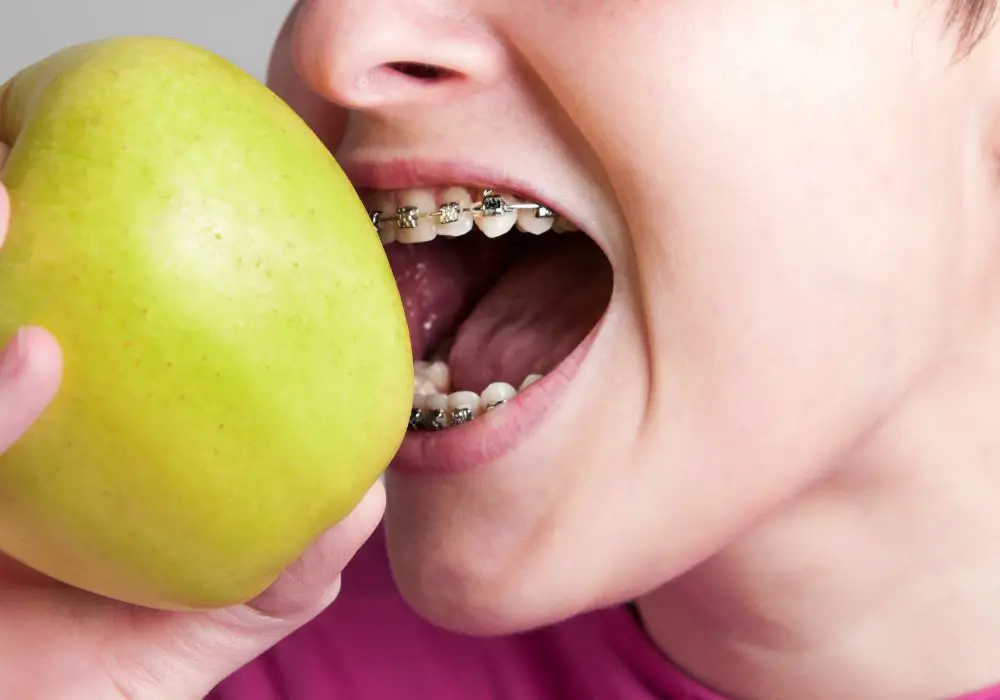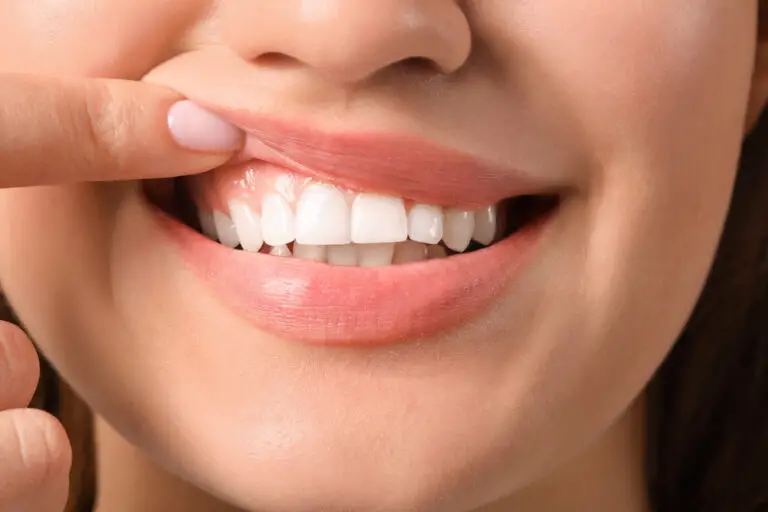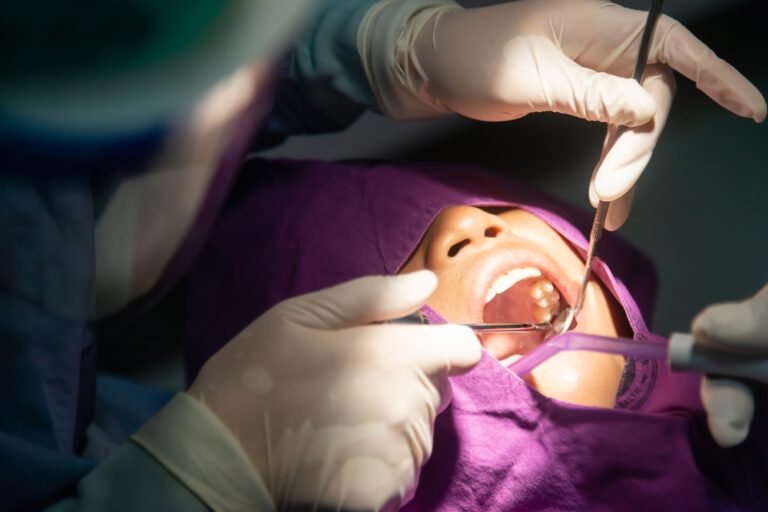Biting into your favorite crunchy snack or meal and suddenly feeling a sharp pain can be alarming. But don’t panic—in most cases, sudden tooth pain when chewing isn’t a dental emergency. However, it does warrant a prompt visit to the dentist. This comprehensive article explores the most common reasons for tooth pain when chewing, how dentists diagnose the cause, home remedies to temporarily alleviate discomfort, when to seek emergency care, and how to prevent chewing pain in the future.
Why do my teeth suddenly hurt when chewing?

First, it helps to understand why teeth can hurt when you bite down. Teeth are complex structures, made up of multiple layers, nerves, blood vessels, and connective tissues. The outer portion—enamel and cementum—is rigid and protective. Beneath lies softer dentin surrounding the innermost pulp, which contains nerves and channels to supply blood.
Chewing pain typically arises when pressure or temperature changes provoke a response from these interior nerves. Damage anywhere in the layers—whether from injury, decay, infection, or other causes—can trigger sharp pain signals. Determining the exact origin is key to proper treatment.
Five Major Sources of Chewing Discomfort
There are five main origins of tooth pain when biting or chewing:
1. Dental Cavities
Dental caries, or tooth decay, is the breakdown of enamel and dentin by plaque acids. Over time, this erosion forms a cavity lesion. As decay reaches inner layers closer to the pulp, biting force and pressure can cause sudden pain. The pain tends to be short-lived and focused on a particular tooth. Lingering hot or cold sensitivity after the chewing pressure subsides can also indicate a cavity.
Small to mid-sized cavities may cause no symptoms. But larger or deeper ones closer to the pulp often provoke pain. The location and intensity of the pain depends on the size and placement of the decay. Without treatment, the decay spreads, and pain worsens over time.
2. Cracked or Broken Teeth
Cracks and fractures in teeth can also elicit sharp pain when chewing. Cracks allow irritation of the inner pulp tissue and nerves. Possible causes include trauma, heavy biting forces, grinding, and deterioration of old fillings. Cracked cusps or existing large fillings may shear off while eating.
A cracked or fracturing tooth often aches intensely when chewing, then subsides quickly once pressure is released. However, the pain may linger or throb as the crack slowly worsens. Identifying the affected tooth can be tricky.
3. Dental Abscess
An abscess is a localized collection of pus caused by a bacterial infection within the pulp or at the tooth’s root. Abscesses cause intense, pounding pain when chewing that radiates to other areas of the face and head. Hot and cold sensitivity is also common.
Abscesses require urgent care since the infection can spread. The pain is severe, constant, and often wakes one up at night. Swelling of the gums, face, and neck sometimes occurs. Left untreated, the infection can become life-threatening.
4. Periodontal (Gum) Disease
Gum disease is inflammation and infection of the gingiva (gums) and alveolar bone surrounding the teeth. When the gums pull back from the teeth, it creates pockets that harbor bacteria. These pockets deepen with progression of the disease.
In early stages, the gums redden, swell, and bleed easily. In advanced disease, the supporting tissues and bone break down. Chewing movements and pressure on deteriorated gum tissues can cause significant pain. Loss of gum attachment also exposes sensitive root surfaces.
5. Problems with the TMJ
The temporomandibular joint (TMJ) acts like a sliding hinge, allowing the jaw to move smoothly. TMJ disorders involve misalignment, muscle spasms, disc displacement, arthritis, or jaw injury. This can limit motion and cause pain with chewing.
TMJ dysfunction or inflammation provokes tenderness in the jaw joint and muscles. Grating or popping sounds may occur. Pain often radiates to the face, temples, neck and shoulders. Headaches are common as well.
When to See Your Dentist

While occasional mild sensitivity may not require immediate attention, it’s wise to promptly consult your dentist for:
- Sudden onset of noticeable pain when chewing or biting
- Lingering pain after releasing chewing pressure
- Pain accompanied by hot/cold sensitivity
- Any swelling, redness, or bleeding in the gums
- Unexplained loosening of teeth
- Any injury, chip, crack or fracture involving a tooth or fillings
- Facial swelling around the affected tooth
Severe or worsening chewing discomfort, especially at night, indicates a need for urgent assessment. Catching problems early makes treatment easier. Waiting allows decay, cracks, abscesses, and gum disease to worsen.
How Dentists Diagnose the Cause
Dentists use a combination of approaches to isolate the tooth causing the symptoms and identify the underlying issue:
Visual examination
The dentist first thoroughly inspects all tooth surfaces, fillings, crowns, gums, and bite alignment for abnormalities. Probing with a dental instrument often pinpoints the particular painful tooth. Signs of injury, chips, cracks, cavities, worn fillings, receding gums, plaque buildup, and swellings provide clues.
X-rays
Dental x-rays allow visualization between the teeth and below the gums to spot decay, bone loss, infections, and other hidden issues. X-rays are also used to track progression of existing problems.
Cold sensitivity testing
Applying a cold stimulus like a compressed air spray to tooth surfaces tests the pulp’s reaction. An exaggerated response indicates pulp inflammation and possible cavities, cracks, or dying nerve tissue.
Percussion
Tapping lightly on a tooth with a tool tests for pain signaling an abscess, fracture, or other issues within the tooth’s interior. Most people feel little to no discomfort when a healthy tooth is percussed.
Probing depths
Gently inserting a thin periodontal probe beside the teeth measures pocket depth, assessing gum disease severity. Bleeding during probing usually means inflammation is present.
Bite analysis
Examining and feeling the bite detects interferences while closing and anomalies in jaw motion that can indicate TMJ disorders. Jaw soreness while palpating often accompanies TMJ problems as well.
Common Treatments for Chewing Discomfort
The treatment plan depends on the diagnosed cause. Some options include:
Cavities: Small cavities may be monitored, treated with fluoride, or filled. Larger decay requires dental fillings or possibly root canals, crowns, or extraction.
Cracked tooth: Protective fillings, crowns, or extraction are options, depending on the severity. Most cracks eventually require removal if they extend below the gumline.
Abscess: Draining the pus via root canal or tooth extraction, along with antibiotics to eliminate infection. Follow-up treatment fills the cavity left behind.
Gum disease: Deep cleanings, antibiotics, and oral hygiene instruction. Advanced cases may need flap surgery, bone grafts, tissue grafts, or tooth removal.
TMJ disorder: Bite splints, physical therapy, anti-inflammatory medication, and stress management techniques. If joint damage occurs, surgery may be recommended.
At-Home Remedies for Temporary Pain Relief
While awaiting your dental visit, you can help ease toothache discomfort:
- Salt water rinse: Rinsing with warm salt water helps reduce inflammation and cleanse debris from the area.
- Pain relievers: Over-the-counter medicines like ibuprofen can relieve sensitivity. Use as directed.
- Cold compress: Placing a cold pack against the cheek near the painful tooth provides relief.
- Dental wax: Applying wax over a rough edge, crack, or irritated area minimizes contact and abrasion.
- Clove oil: Applying clove oil to the gums around the painful tooth temporarily numbs nerves.
- Peppermint tea: Its menthol content offers soothing natural pain relief.
See your dentist soon for definitive treatment, as home remedies only provide temporary relief. Avoid chewing on the affected side until it’s evaluated.
When to Seek Emergency Dental Care

In some situations, the sudden onset of tooth pain warrants urgent or emergency dental care:
- Knocked-out tooth
- Severe trauma causing bleeding, swelling, or intense pain
- Uncontrolled bleeding in the mouth
- Sudden tooth fracture or chipping
- Facial swelling around tooth
Also seek emergency help for any of the following:
- Throbbing pain keeping you awake at night
- Fever & chills along with tooth pain
- Difficulty breathing or swallowing
- Numbness in lips, tongue, or face
Don’t delay emergency care for severe dental symptoms, as waiting can allow the problem to progress, increasing complications.
Preventing Pain When Chewing
Practicing good daily oral hygiene and getting regular professional cleanings can help prevent many chewing pain causes like cavities, worn fillings, gum disease, and tooth sensitivity. Other prevention tips include:
- Brush gently with a soft-bristled toothbrush and fluoride toothpaste
- Floss at least once daily to clear plaque from between teeth
- Eat a tooth-healthy diet low in sugary and acidic foods
- Avoid chewing on hard foods like ice or popcorn kernels
- Wear a night guard if you grind your teeth
- Get mouthguards for contact sports to prevent dental injuries
- Have childhood cavities sealed before they enlarge
- Don’t smoke, as it worsens gum disease
- Stimulate saliva flow by chewing sugarless gum with xylitol
Saliva contains minerals that strengthen and remineralize tooth enamel. Seeing your dentist at least twice yearly allows early detection and monitoring of any developing problems. Don’t ignore sudden tooth pain—prompt assessment leads to the best outcomes.
Conclusion
Experiencing discomfort when chewing is quite common but should never be dismissed. It signifies an underlying dental issue needing attention. Potential causes range from small cavities to serious infections. Diagnostic tools help dentists pinpoint the exact origin in order to provide appropriate treatment.
Practicing excellent daily oral hygiene and getting regular dental cleanings and exams helps enormously in prevention. Seek prompt care for any sudden toothache when chewing to avoid complications and restore normal, pain-free biting and eating. Maintaining healthy teeth and gums optimizes your oral well-being for life.






